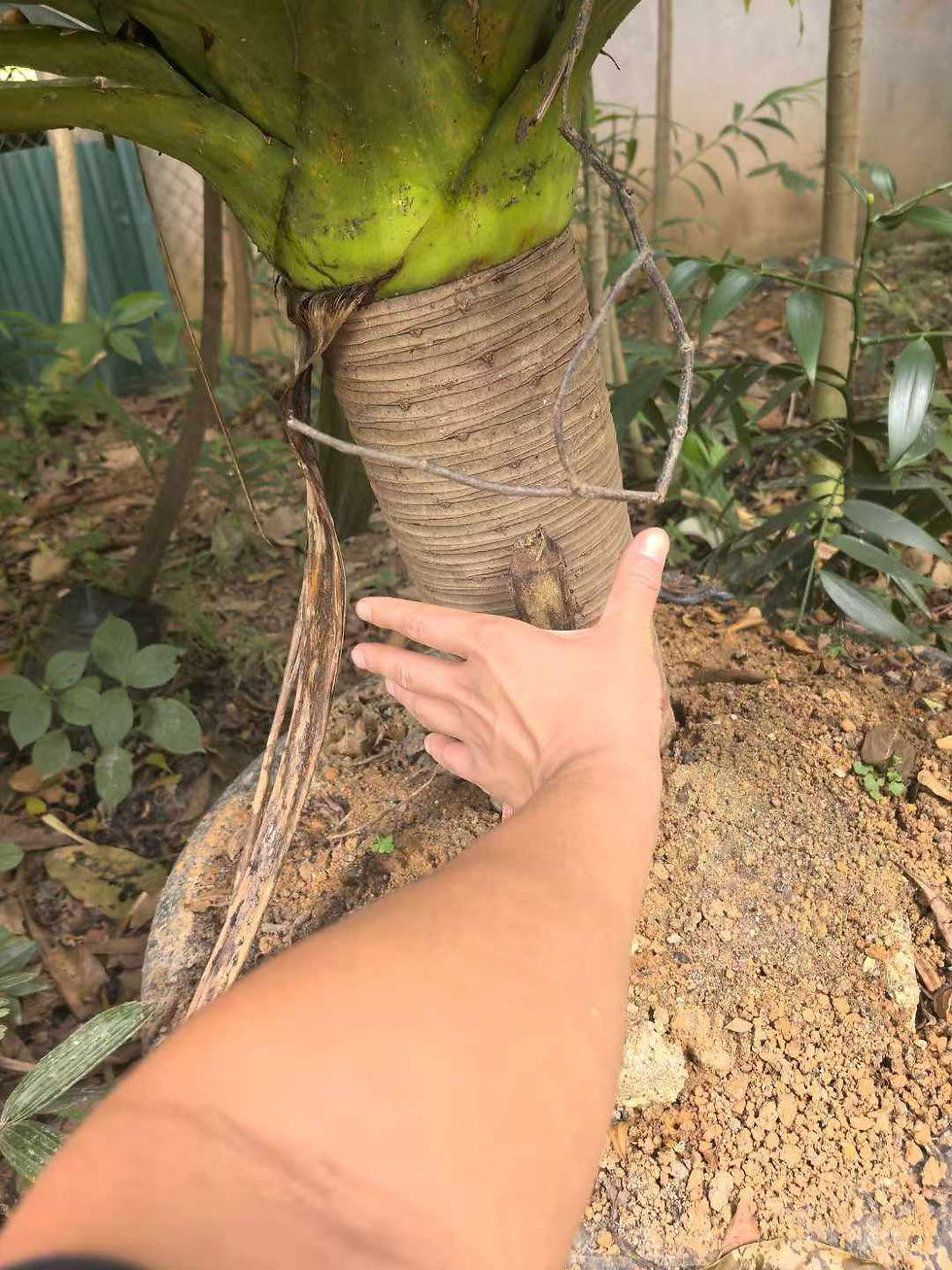Taxodium ascendens seeds mature in November.Pond-cypress (Taxodium ascendens) is very similar to bald-cypress (T. distichum), and has been considered a variety of that species by some authorities. Most recent experts, however, now believe that pond-cypress is a distinct species. Pond-cypress has awl shaped or scalelike leaves which are closely appressed and overlapping on the twigs, whereas bald-cypress has linear leaves which spread out and are arranged in two ranks on opposite sides of the twigs. The branchlets of bald-cypress tend to spread horizontally outward, while those of pond-cypress are more ascending. Pond-cypress isn't as prone as bald-cypress to have knees, and when it does, they tend to be shorter and more rounded. Pond-cypress is usually more columnar than bald-cypress.
The two species are not always easy to tell apart. Hybridization probably occurs, and young, fast growing specimens of pond-cypress sometimes have leaves more like those of bald-cypress. Pond-cypress is generally a smaller tree, to 80 ft (25 m) or so in height. However, the National champion, in Pierce County, Georgia, is 135' (41 m) tall with a trunk diameter of 7.5 ft (2.3 m) - nearly as large as a big bald-cypress. The largest pond-cypress in Florida is 64 ft (19.5 m) tall and has a trunk diameter of 3.4 ft (1 m). It grows on the grounds of the Museum of History and Natural Sciences in Tallahassee.
Location
Pond-cypress, Taxodium ascendens, occurs naturally in shallow ponds and wetlands along the southeastern U.S. coast from Virginia to Louisiana. Its distribution is smaller than that of bald-cypress, and it rarely grows along flowing streams and rivers or in floodplain bottomland swamps as does bald-cypress. Pond-cypress rarely is found at elevations above 100 ft (30 m).

































